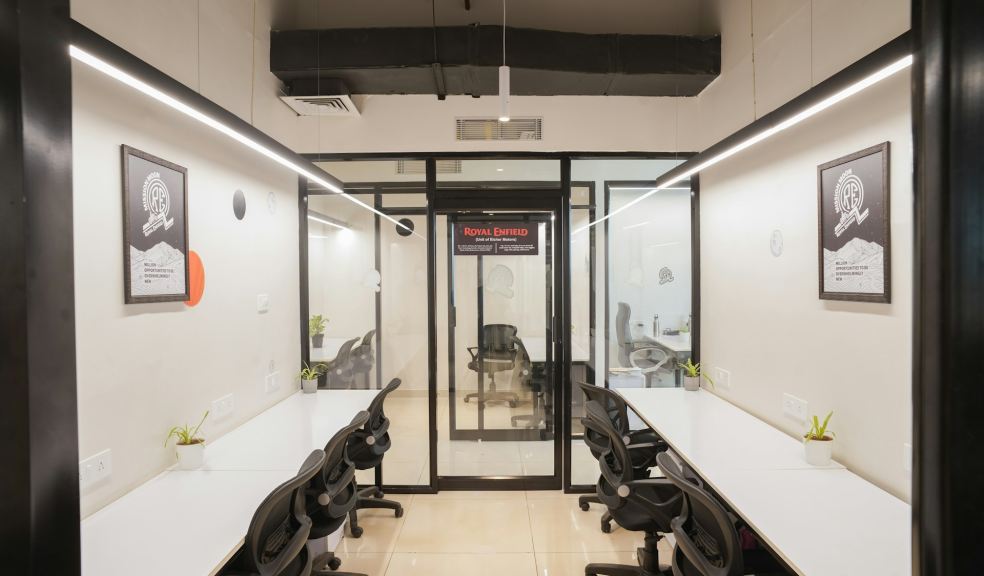
Seat Leasing vs. Traditional Office Rental: Which Is Right for You?
When businesses aim to expand or optimize their operations, especially in industries like business process outsourcing (BPO), selecting the correct office setup becomes a key strategic move. Whether launching a startup, running a BPO firm, or managing remote teams, your workspace decision significantly determines operational flexibility, employee efficiency, and financial stability.
Choosing between seat leasing and traditional office rental can significantly influence your business trajectory. This article explores both models in detail, helping you make an informed decision aligned with your goals.
The Role of Business Process Outsourcing Services in Workspace Strategy
Business process outsourcing services have redefined how organizations function. From customer service and IT support to accounting and HR, companies increasingly turn to third-party providers for streamlined and cost-effective solutions.
As BPOs grow and adapt, the demand for flexible, scalable office space becomes more apparent. The workspace must support rapid expansion, employee onboarding, and service delivery—all while keeping overhead costs in check.
This has led to the rise of two standard office models: seat leasing and traditional office rentals. Each offers its advantages depending on your business priorities.
What Is Seat Leasing?
Seat leasing is a flexible office setup in which businesses rent workstations—complete with desks, internet, hardware, and often IT support—from a provider. It’s a plug-and-play option that enables companies to operate quickly without investing in physical infrastructure.
This model has become increasingly popular among startups, BPOs, and remote-first organizations seeking cost-effective solutions.
Benefits of Seat Leasing for Agile Operations
Turnkey Office Setup
Providers offer fully equipped spaces, including workstations, high-speed internet, and meeting rooms. This allows your team to begin operations immediately.
Scalability on Demand
Do you need to add or reduce seats next month? Seat leasing contracts are generally short-term and adaptable, ideal for fast-growing or project-based teams.
Low Setup Costs
There's no need to invest in furniture, construction, or utilities. Most overheads are included in your lease, helping you conserve capital.
Fast Deployment
With minimal setup time, your operations can go live within days—an advantage for businesses that need to hit the ground running.
Focus on Core Services
Seat leasing enables leadership teams to concentrate on delivering business value without worrying about office maintenance or logistics.
What Is Traditional Office Rental?
A traditional office rental gives companies complete control over their workspace's design, function, and branding. This model is suited for businesses with established teams and long-term goals who prefer exclusivity and autonomy.
Unlike seat leasing, traditional office rental requires significant investment and time for setup.
Advantages of Traditional Office Rental
Complete Customization
You can tailor every aspect of the space—from layout to branding and design—to your business culture and operational needs.
Long-Term Stability
A dedicated office fosters a consistent work environment, promoting employee retention and supporting the company's vision.
Exclusive Control
There's no need to share amenities with other tenants. This is especially important for businesses handling sensitive data or needing a quiet, private workspace.
Challenges of Traditional Office Rental
High Initial Investment
Security deposits, interior design, construction, office equipment, and utility connections require considerable upfront spending.
Long-Term Commitments
Most leases lock you in for 3–5 years. For fast-moving businesses, this can limit adaptability and responsiveness to market changes.
Longer Setup Period
Depending on office size and customization requirements, it could take months before your space is fully operational.
Seat Leasing vs. Traditional Rental: A Side-by-Side Comparison
|
Criteria |
Seat Leasing |
Traditional Office Rental |
|
Setup Time |
1–2 weeks |
2–3 months or more |
|
Upfront Costs |
Low |
High |
|
Scalability |
High |
Medium to Low |
|
Customization |
Limited |
Full |
|
Maintenance |
Included |
Handled by Tenant |
|
Lease Flexibility |
Month-to-month or short term |
Long-term commitments |
|
IT and Admin Support |
Included |
Must hire or outsource |
This comparison reveals that while traditional rentals offer control and privacy, seat leasing is better suited for growing businesses prioritizing speed and flexibility.
When to Choose Seat Leasing
Seat leasing works best in scenarios where flexibility and agility are top priorities. It allows businesses to test new markets, launch pilot programs, or scale rapidly with minimal risk.
Ideal Use Cases for Seat Leasing
-
Startups and Small Businesses
Companies that are still evolving or working with limited capital benefit from low-cost access to fully managed office spaces.
-
BPO and Outsourcing Providers
Seat leasing supports the fluctuating seat demand common in BPO contracts, making it a natural fit.
-
Project-Based Teams
Organizations running short-term or seasonal projects can rent seats only when needed.
-
Remote-First Companies
Firms with distributed teams may need seats occasionally for client meetings, team huddles, or temporary operations.
When Traditional Office Rental Makes Sense
While it requires more planning and resources, traditional office rental remains a strong choice for businesses that need complete control over their work environment.
Ideal Use Cases for Traditional Office Rental
-
Mature Companies
Organizations with established processes and stable teams are better equipped to commit to long-term leases.
-
Industry-Specific Requirements
Sectors like finance or legal services may require private, secure offices for compliance and confidentiality.
-
Brand-Driven Workspaces
Companies wanting to embed their brand identity and culture into the workspace may prefer a custom-built environment.
-
Talent Attraction and Retention
A uniquely designed office can enhance employee experience and boost recruitment efforts.
Strategic Considerations for BPOs and Remote Teams
Business process outsourcing services rely on agility to keep up with client demands, operational deadlines, and shifting project scopes. In this context, workspace flexibility becomes not just a convenience but a necessity.
Many BPOs find that seat leasing allows them to respond to client needs faster and operate at lower costs, without the burden of property management or long-term contracts.
However, larger firms with stable client bases and a long-term vision may favor traditional rentals for better control and infrastructure planning.
Conclusion: Align Your Workspace With Business Goals
The decision between seat leasing and traditional office rental isn’t just about physical space—it reflects your business model, growth strategy, and financial outlook.
Seat leasing delivers rapid setup, built-in services, and scalability, making it ideal for startups, remote teams, and BPO firms seeking flexibility. Traditional office rental, on the other hand, provides long-term stability, brand control, and privacy suited for established businesses.
Evaluate your operational needs, budget, and long-term goals before choosing a workspace. The right workspace can elevate productivity, enhance employee satisfaction, and drive business growth.











